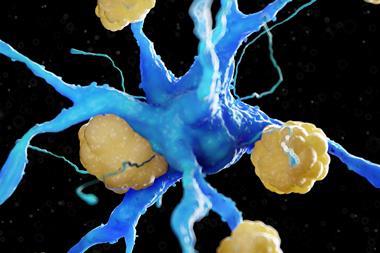
Researchers have been looking into pharmacological chaperones or pharmacoperones for a number of years. It was hoped that they might treat diseases brought about by genetic mutations that cause otherwise functional proteins to become misfolded or misrouted.
As pharmacoperone molecules are highly selective, they can potentially target mutant proteins, including G-protein coupled receptors (GCPRs), which ordinarily transmit signals in and out of cells, but due to misfolding become trapped inside the cell. Pharmacoperones can bind and act as templates for GCPRs so that they fold properly and guide them to the cell surface where they are required to function properly. But until now, it had not been demonstrated in an animal model.
'This is a new approach to therapeutics; in the past drugs have been developed based on activation or inhibition of targets – receptors, enzymes or ion channels,' says P Michael Conn, at Texas Tech University Health Sciences Center, US, who participated in the research. 'Now we are controlling the access to the target and recognising that many mutants are functional, but misrouted and can be returned to function, reversing the course of the disease.'
The team bred male mice to have a misfolded form of the gonadotropin releasing hormone (GnRH) cell surface receptor, which is associated with a human disease called hypogonadotrophic hypogonadism, which causes infertility in humans. A small molecule pharmacoperone drug for the GnRH receptor was then administered, which acted as a folding template that corrected the receptor. Once fixed, the receptor passed the cell’s quality control system and reached the cell surface, restoring sperm production.
'It turns out that, although pharmacoperones are highly target specific, for a specific target most mutants can be treated by a single pharmacoperone,’ explains Conn. ‘We think that means that these drugs are stabilising a part of the molecule that is needed for correct trafficking.’
'This an impressive piece of work and others are working on similar ideas and models for other receptors linked to disease,' comments Graeme Milligan, who investigates G-protein receptors at the University of Glasgow, UK. 'Although it’s a very nice proof of concept, as to whether this is a real breakthrough for treatment is more problematic.' He points out that clinical trials and regulatory approvals are still required, as with any drug, and suggests that such drugs would probably have to be taken indefinitely by patients.







No comments yet